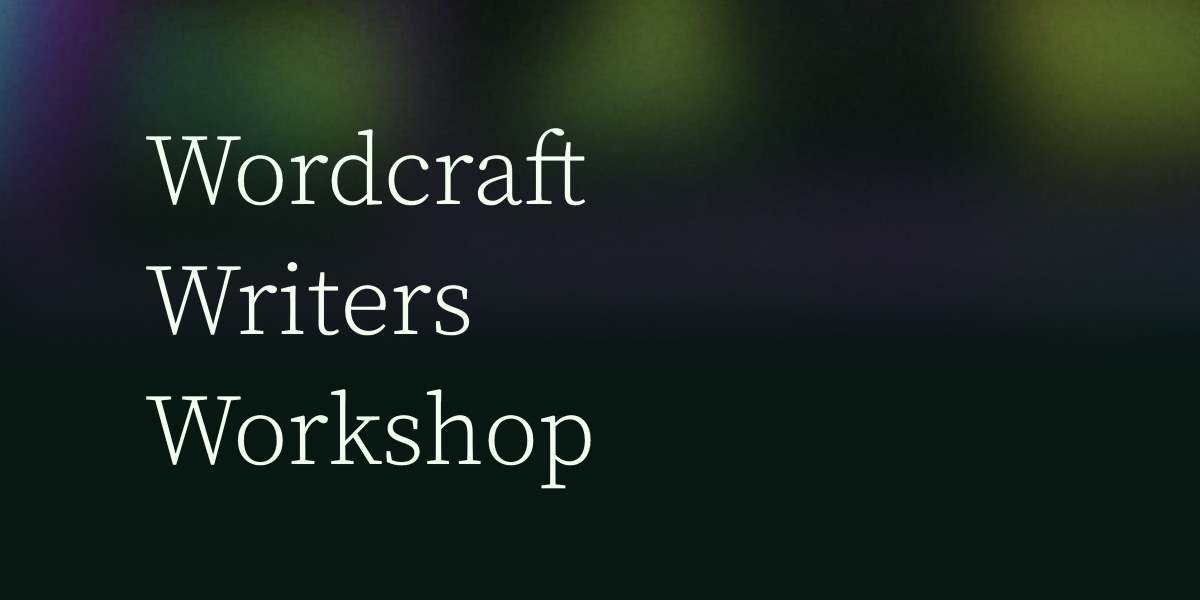Isabelle Levent
@isabellelevent
Isabelle Levent
@isabellelevent
What’s difficult is to state our aesthetic values clearly enough to enable the program itself to make the evaluation at each generation.

Many methods for creating these models don't (and to be honest can't) attach the name, website and other details of every image and piece of text used to a create a new image in the metadata to every step of the process.
We find that models learn just as fast with many prompts that are intentionally irrelevant or even pathologically misleading as they do with instructively “good” prompts. Further, such patterns hold even for models as large as 175 billion parameters (Brown et al., 2020) as well as the recently proposed instruction-tuned models which are trained on
... See more“There are real concerns with respect to the copyright of outputs from these models and unaddressed rights issues with respect to the imagery, the image metadata and those individuals contained within the imagery,” said Peters.
In many instances, to say that some technologies are inherently political is to say that certain widely accepted reasons of practical necessity–especially the need to maintain critical technological systems as smoothly working entities–have tended to eclipse other sorts of moral and political reasoning.
Tech Ethics and
Tech Ethics and
Now none of this is meant to say that I think programmers, artists and engineers have no responsibilities when it comes to the outputs of machine learning models. In fact, I think we bear responsibility for everything these models do. (I never, for example, attribute authorship to a program or a model. If I publish the results of a text generator,
... See more